The Contemporary Venice Chef
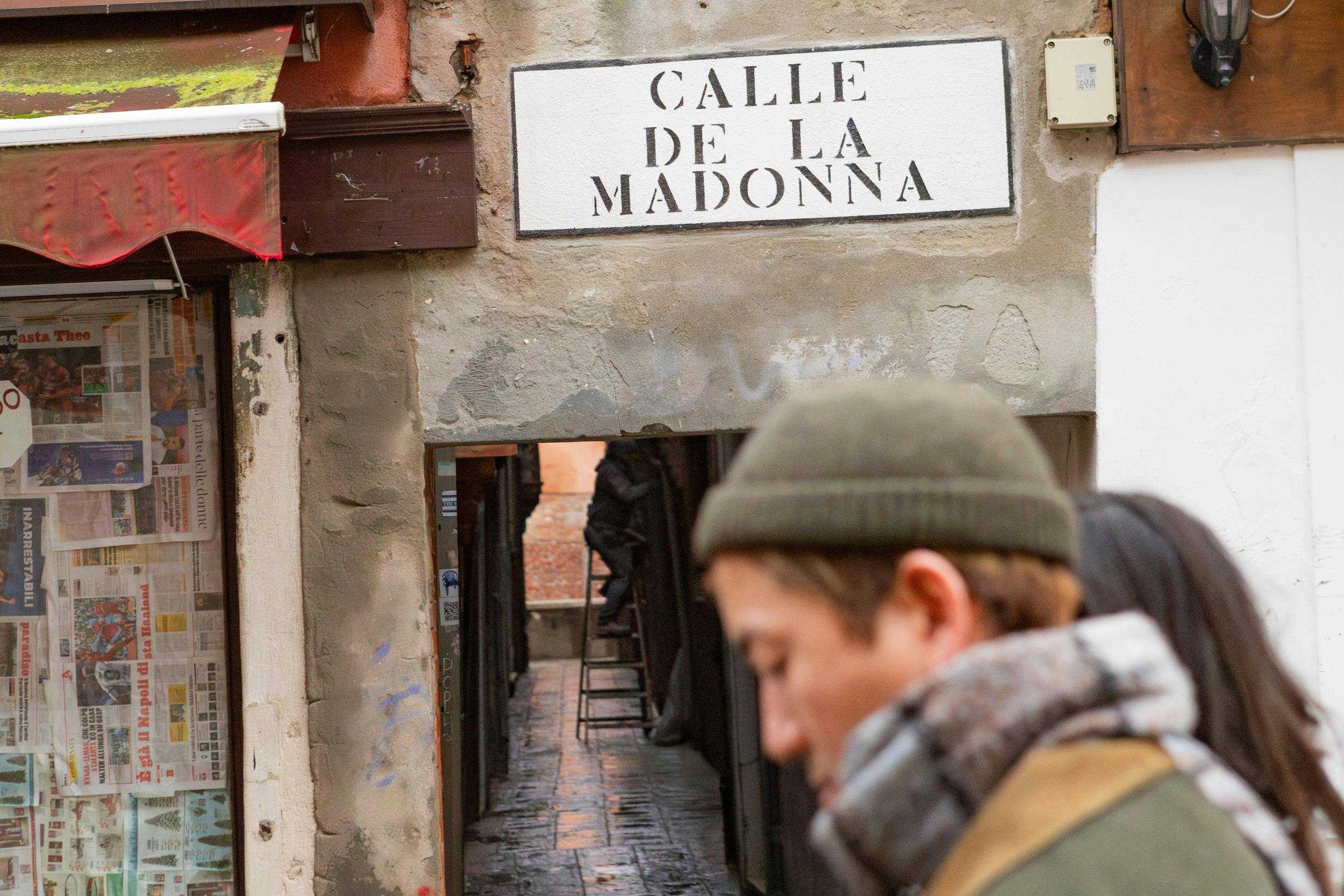
A conversation with Masahiro Homma, the eclectic chef at the forefront of contemporary Venetian cuisine.
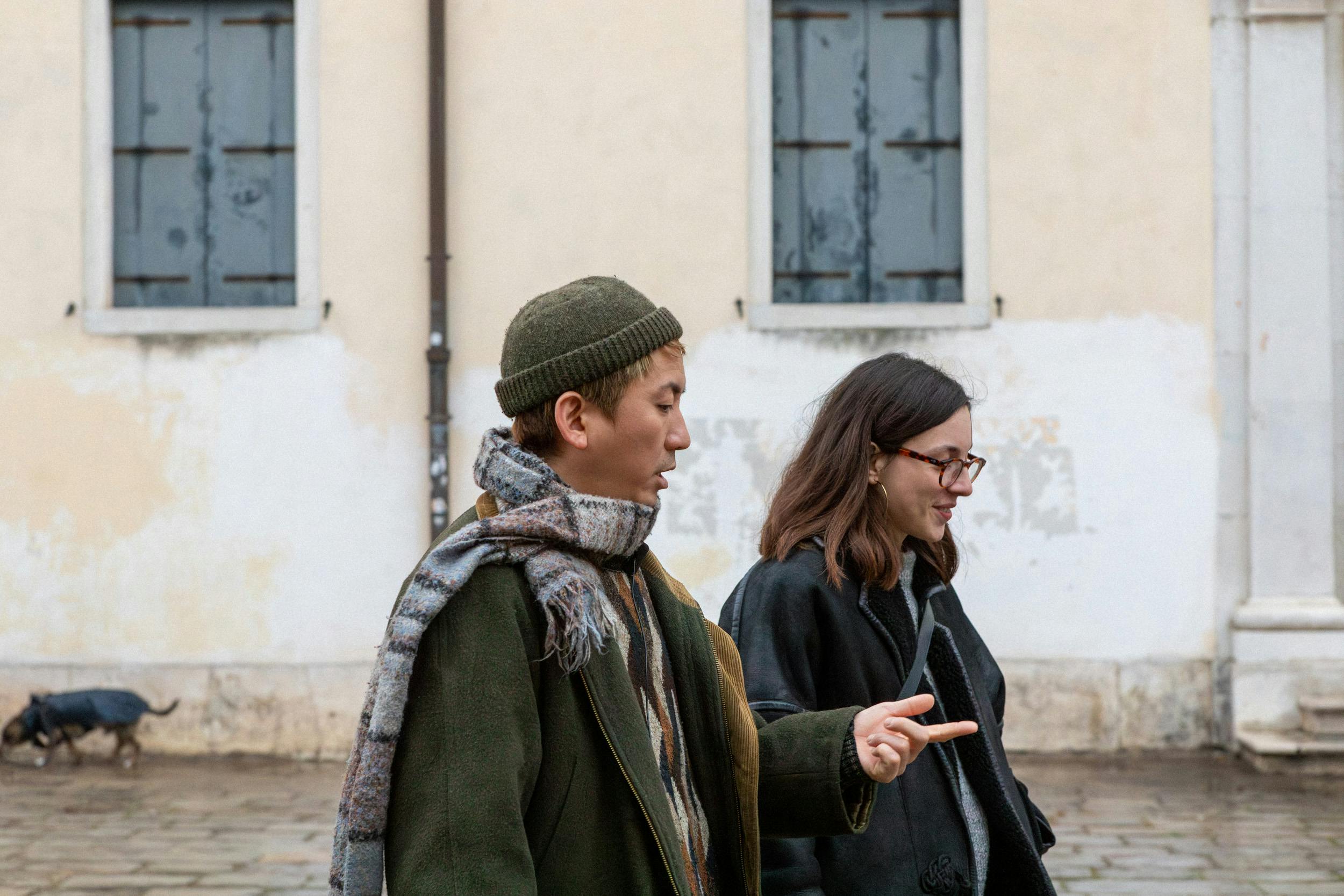
Whatever you talk about with Masahiro Homma — the 43-year-old chef of Osteria Giorgione Da Masa, a celebrated outpost of contemporary Venetian cuisine — the conversation always seems to steer back to wine. The sophisticated natural wines he serves in his 30-seat Japanese-Venetian osteria in the Cannaregio district are just the tip of the iceberg of well-routed, persistent passion. After more than 12 years in Venice’s cooking scene, Homma is among the most praised young chefs in town, serving simple but delicious dishes like Crudo del giorno — raw fish of the day — gyoza dumplings, and Roquefort Gelato. On a gray, wet Autumn day, we meet him at his restaurant in Calle Larga dei Proverbi. We take a long walk together in the north part of town and end up — Who would have guessed? — with a glass of wine in our hands.
Caterina Capelli
When did you open?
Masahiro Homma
In August, 2020. During the pandemic. It was chaos: I had to close after just three months. And I couldn’t put anyone on temporary layoff because we had just opened. I was forced to do takeaways, which meant working so much and earning almost nothing. But in the closing days, I used to go wild. With the restaurant closed, I shut and covered the windows, called my friends, and offered them dinner. They opened bottles and paid for the wine so I could cover the salaries. I earned much better than with takeaways. Chefs don’t make any money with food alone. We need people to drink.
Caterina Capelli
I thought it had been open longer because Osteria Giorgione da Masa is an institution. Was it an immediate success?
Masahiro Homma
Nope. I didn’t advertise anything. I didn’t want to attract too many people at first. Even now, I don’t use social media professionally, nor pay anyone to manage [the restaurant’s accounts]. I just do it myself. Badly, my friends say. I post my pictures, with some music. But everyone tells me, “Masa, how fucking bad is this profile? Pictures suck, the music sucks.” But I don’t care. I don’t want [to appeal to] people who come to eat ramen, drink a Cola, and leave. I’ve worked in 12 different restaurants, you know, since I’ve lived in Venice.
Caterina Capelli
Where?
Masahiro Homma
In 2018, I was a chef at Zanze’s when it opened. Ten years ago, I opened a restaurant — called Cucina del Tentor, located where Bacan is now — but it lasted only six months. The owners ran away with all the money, leaving debts. Newspapers published articles about it. I called a lawyer to recover some capital while our suppliers kept calling me.
We leave the restaurant under a light rain that threatens to increase. We head towards a square called Santi Giovanni e Paolo.
Caterina Capelli
So your first restaurant lasted only six months. And then what happened?
Masahiro Homma
I’ve worked in many kitchens since then. I traveled a lot. When I opened Osteria Da Masa, all my former meat and fish suppliers — who were also friends — asked me to pay in advance [if I wanted to work with them] because of what had happened. I had lost their trust, and I had to work my ass off to win it back. Since then, I’ve always paid in advance. But I haven’t worked only in Venice. Before coming here, I lived in Sicily, Piedmont, and Florence, the first city I’ve lived in Italy. Do you know why I picked Florence? As a kid, I used to play the Playstation — a football game called Winning Eleven. And I always chose Batistuta, an Argentinian who played for Fiorentina. I didn’t know a thing about Italy, so I picked a city because of Batistuta.
Caterina Capelli
Why Italy, of many places?
Masahiro Homma
While in Japan, I was a chef in an Italian restaurant. I made pasta asciutta, risotto... And I was curious to find out what the originals were like. I didn’t plan to remain this long in Italy. Initially, I was supposed to stay four or five years to study Italian cuisine, then go back to Japan and start my own restaurant. Instead, here I am, 18 years later. However, I also escaped many times because I got sick of Venice, sick of Venetians…
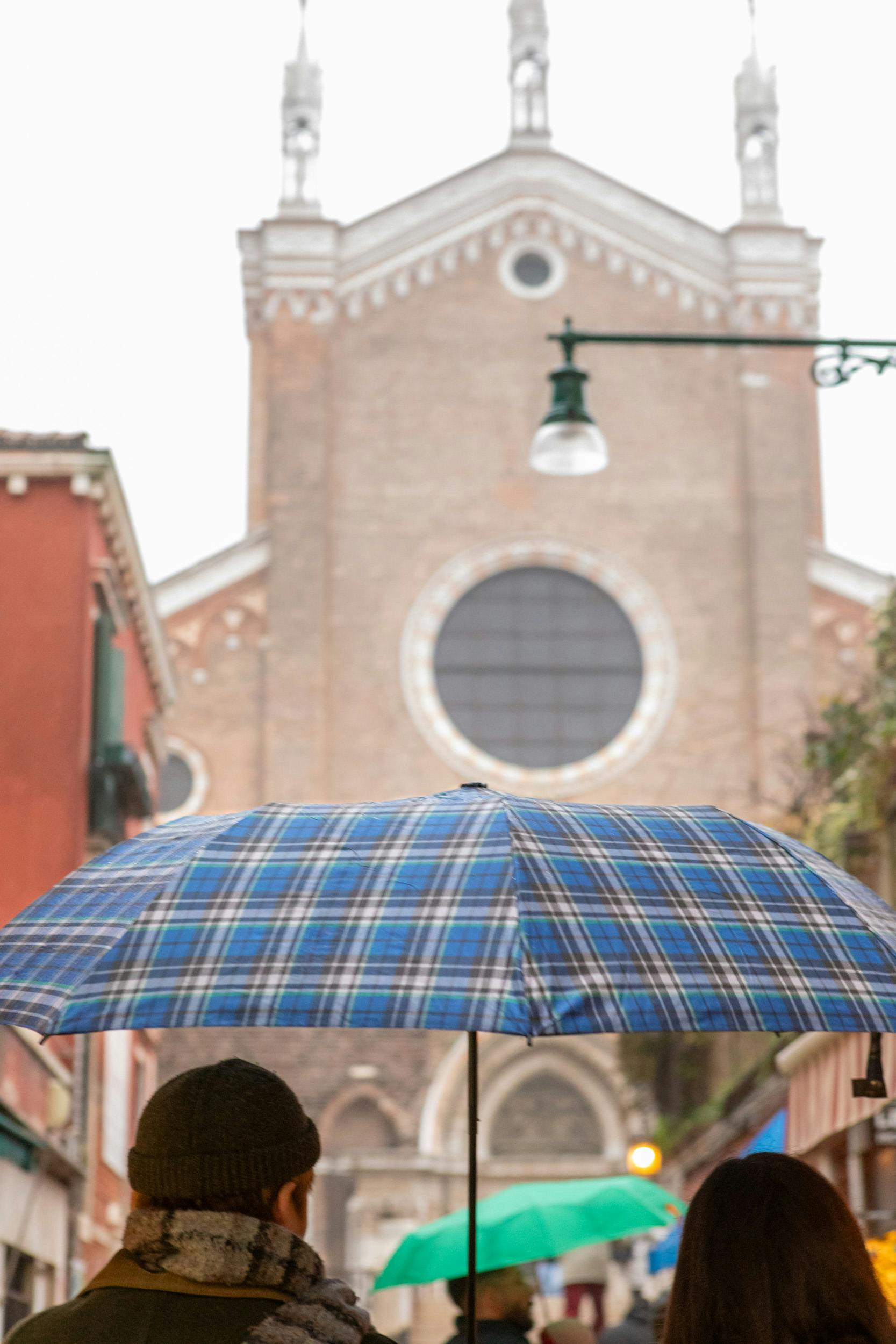
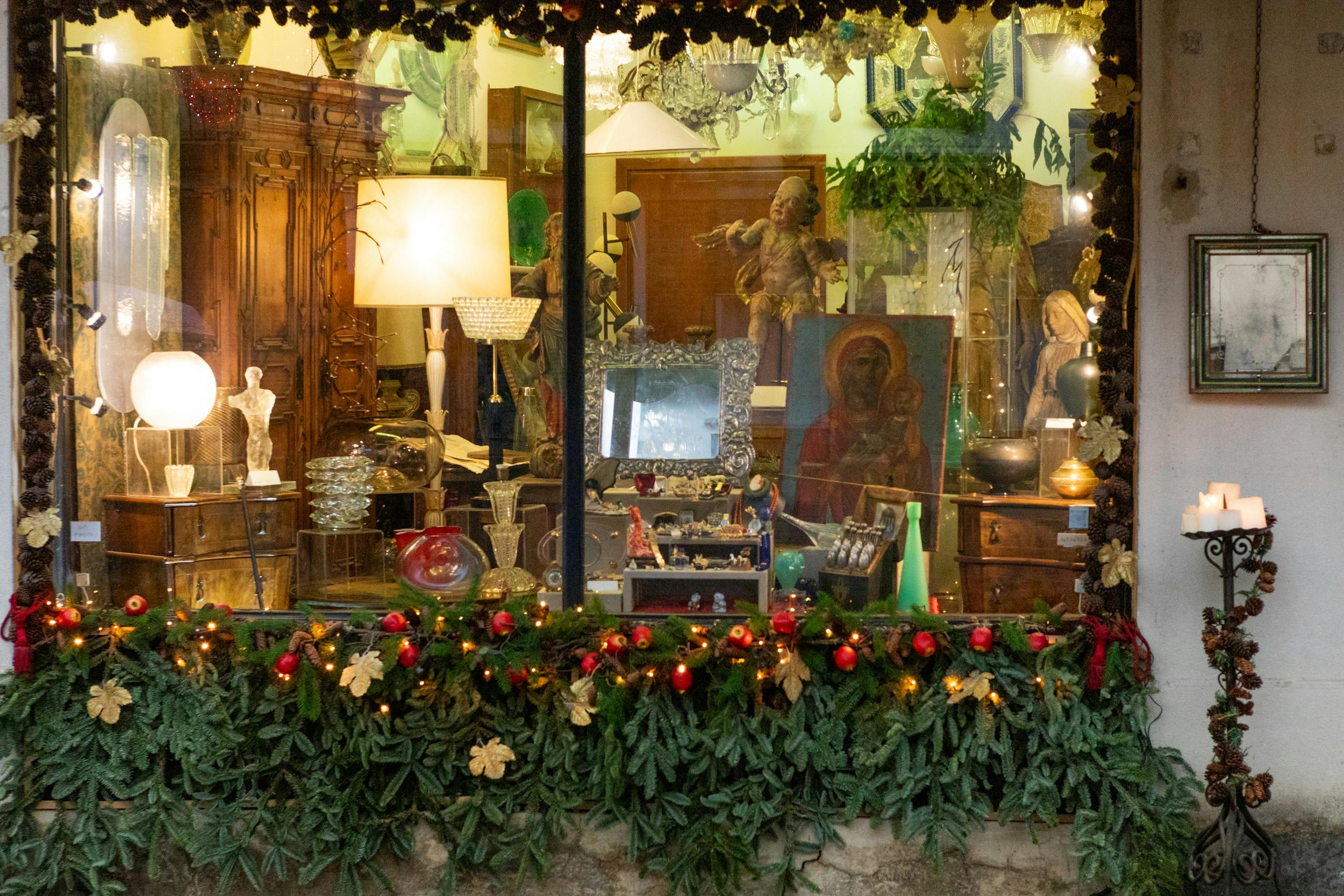
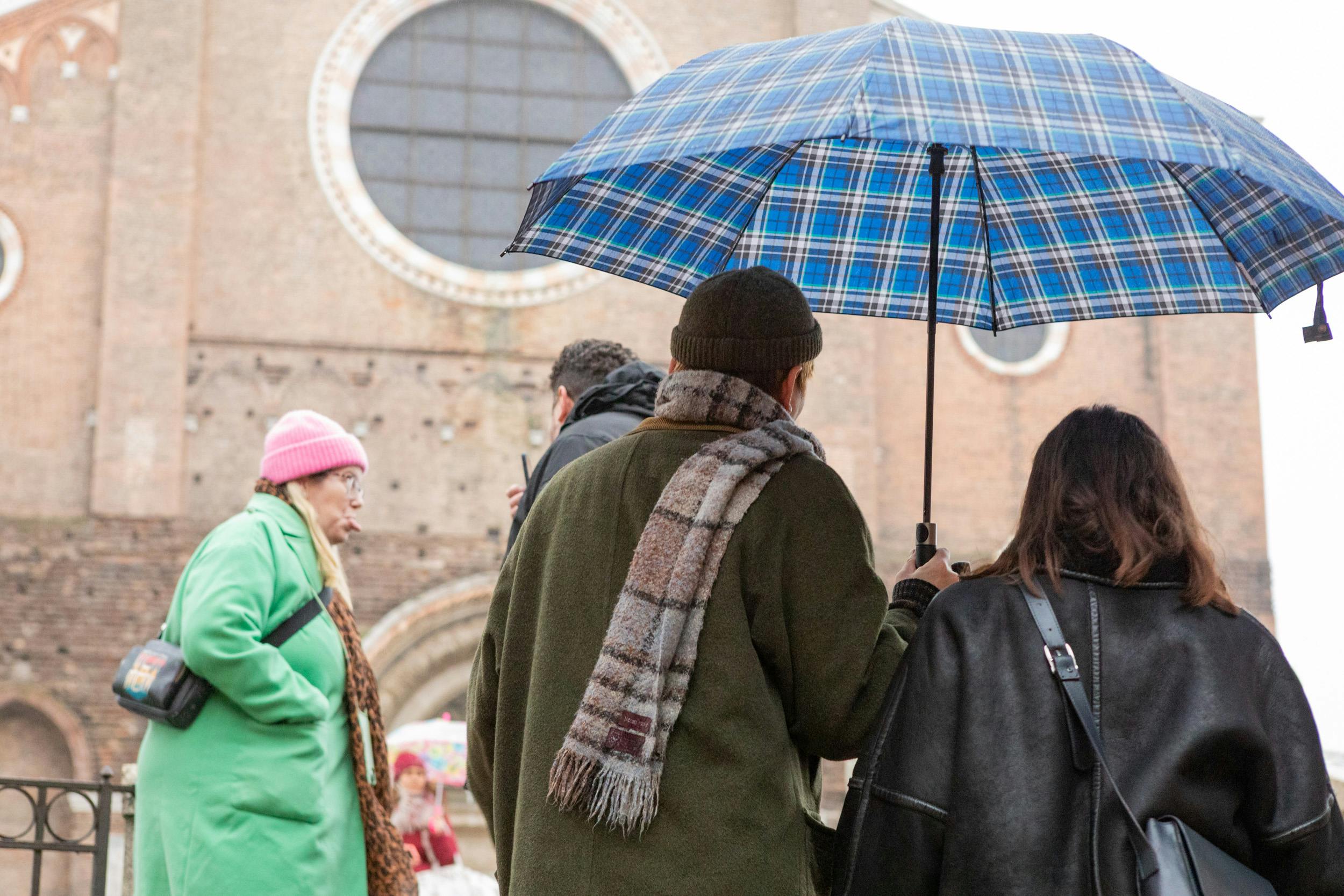
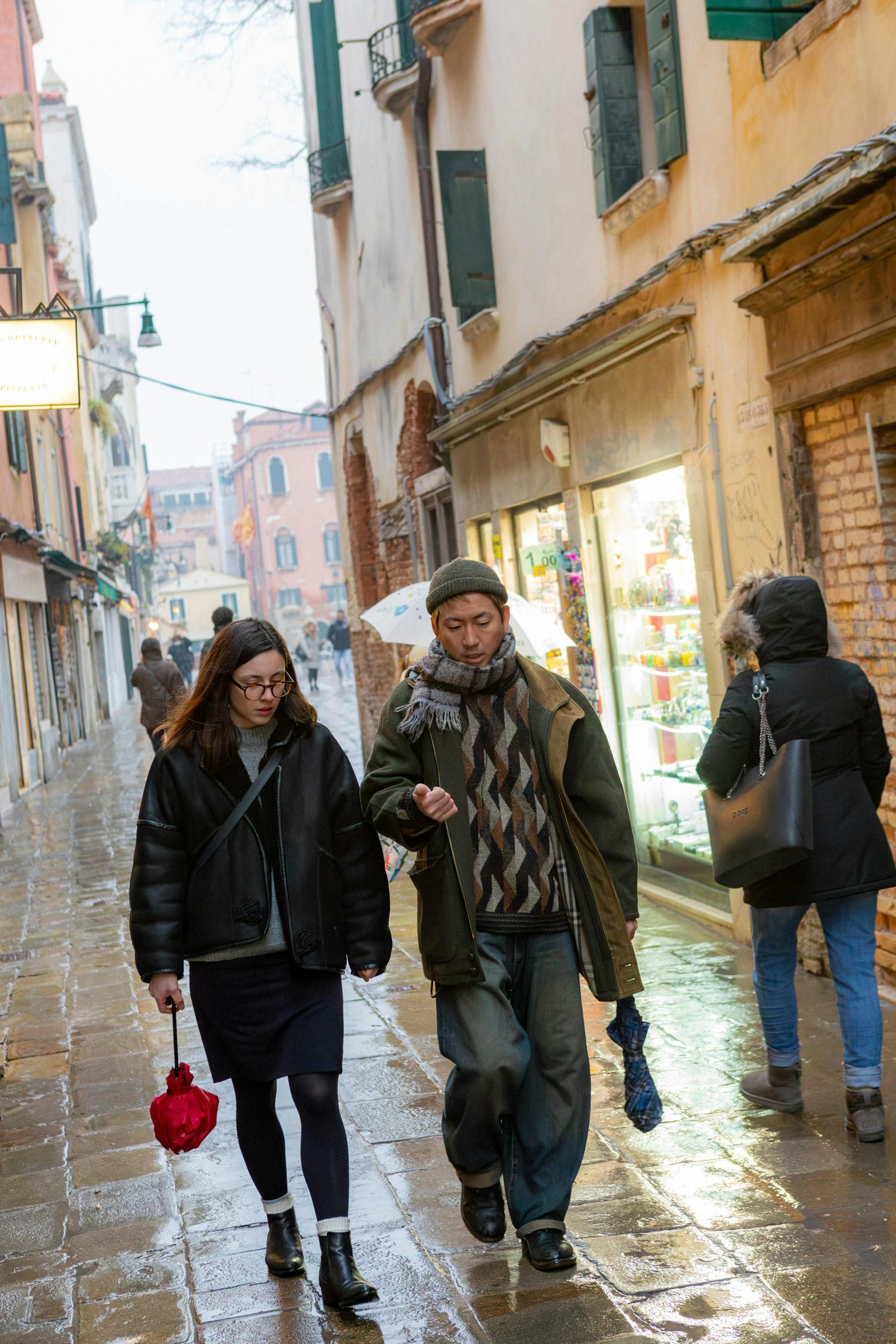
Caterina Capelli
Why?
Masahiro Homma
I don’t know… In Venice, there’s nothing [to do] at all, there’s no fucking fun. At midnight, everything is closed. But I always came back. In the end, it’s quite comfortable here. We all know each other, and everyone treats you so well when you become Venetian. And then…Here, you drink…
Caterina Capelli
Eh…
Masahiro Homma
That’s important. I drink a lot, my friends drink a lot…
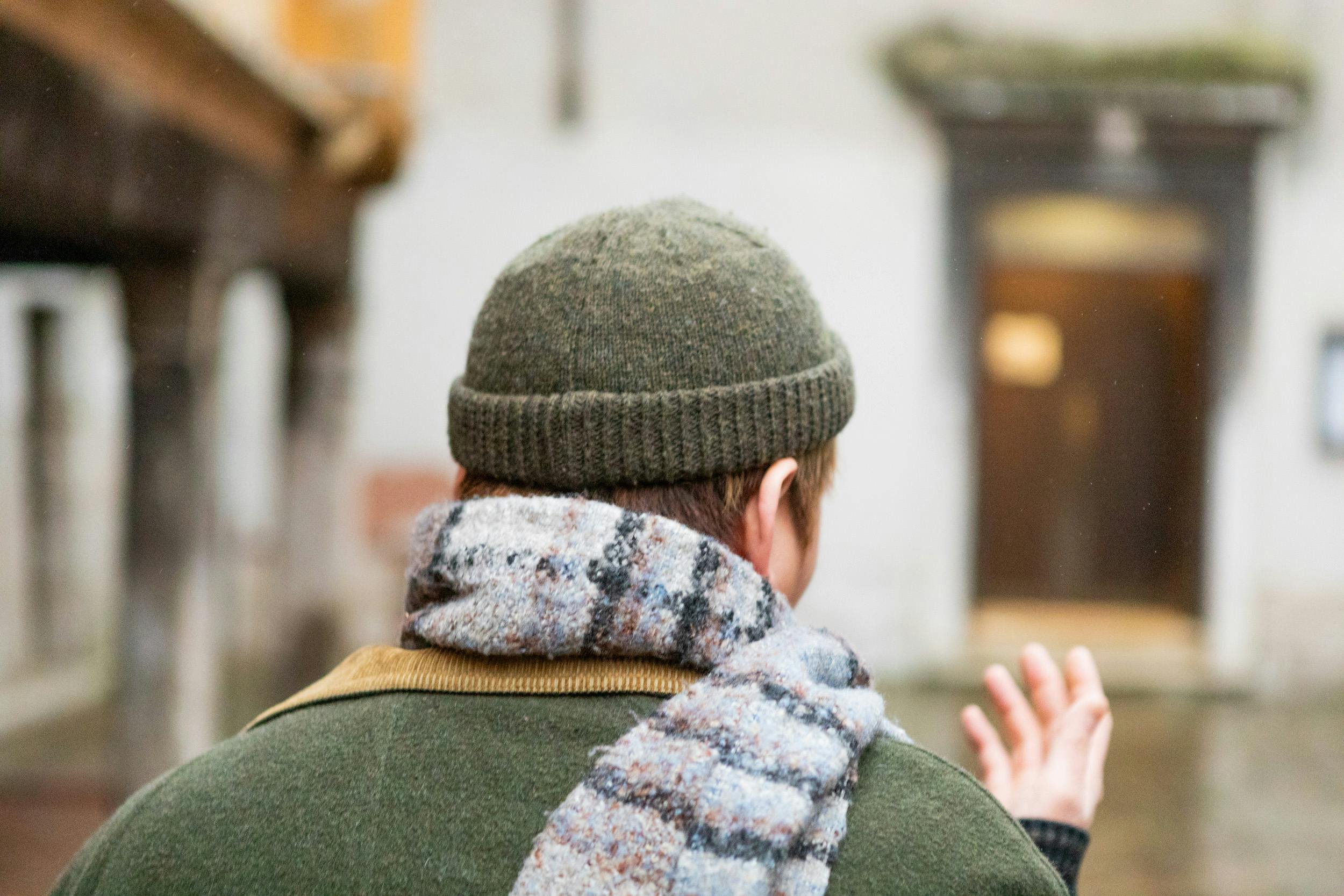
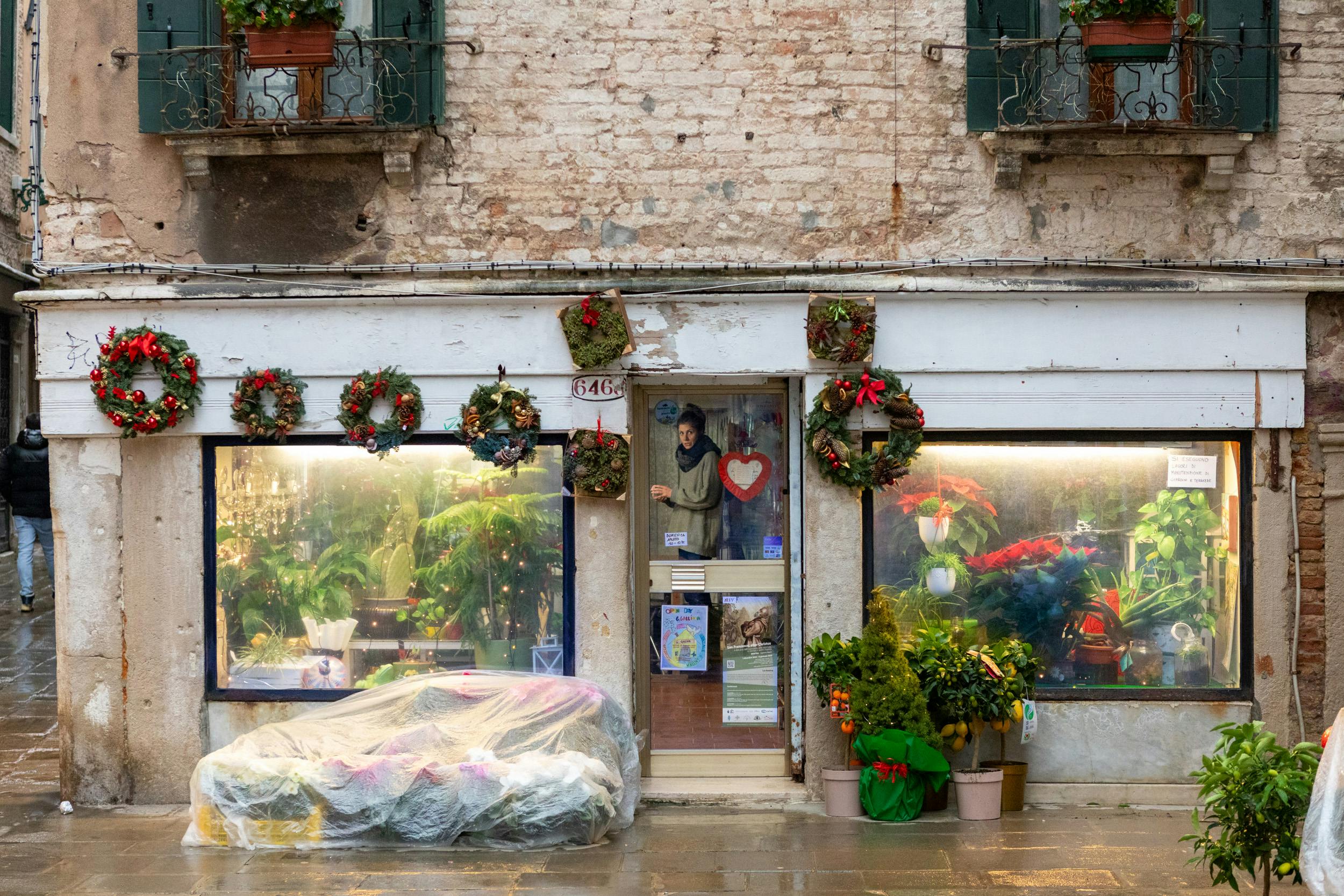
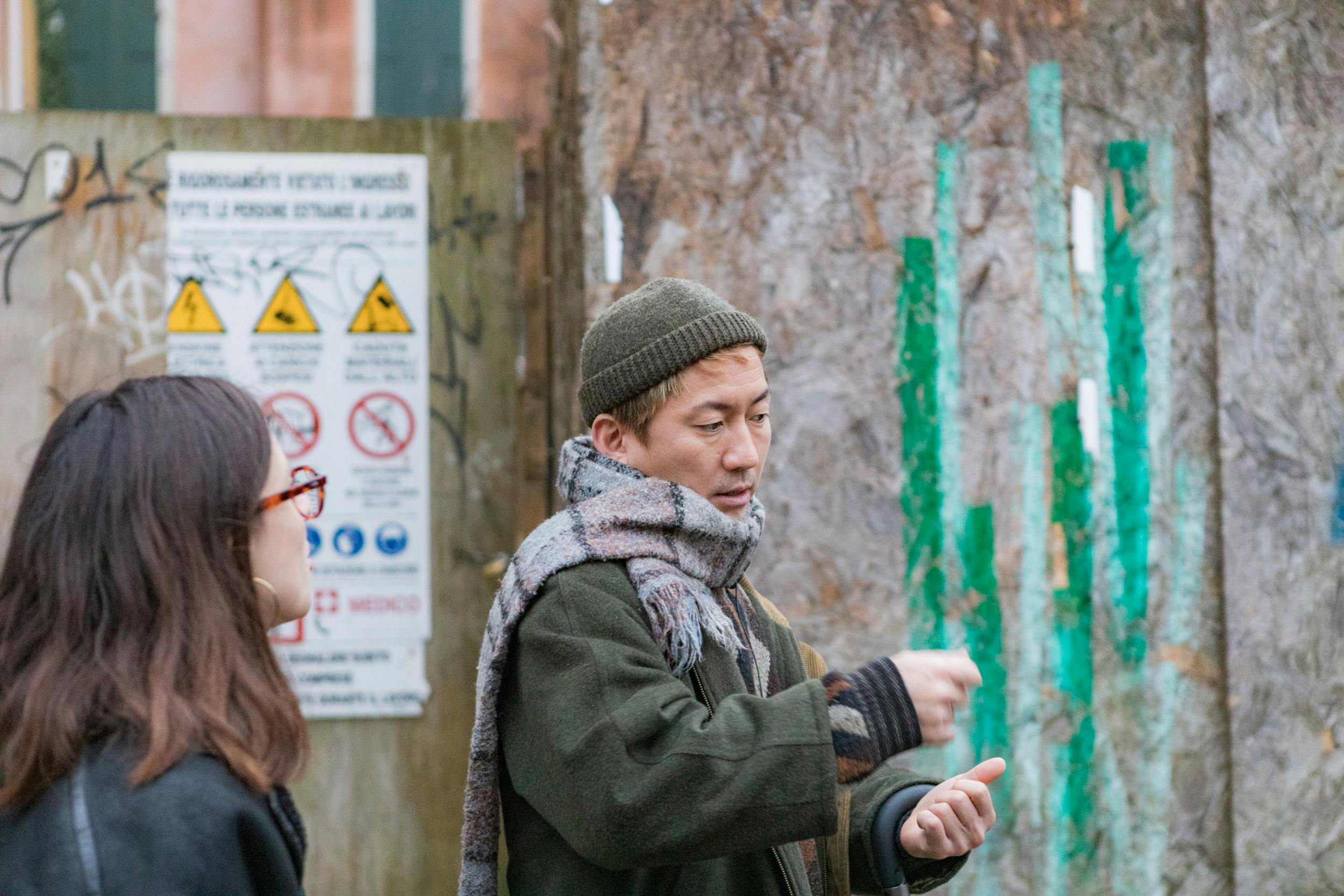
Caterina Capelli
I admit that was one of the first things that attracted me here, too.
Masahiro Homma
Do you live here?
Caterina Capelli
I live in Rome. Venice can be suffocating at times. But I come here often. If you want, we can have an aperitivo later.
Masahiro Homma
Now?
Caterina Capelli
Now it’s too early, at the end of the interview.
Masahiro Homma
Then let me tell you about my restaurant. Our cuisine is half Japanese and half Venetian. We serve natural wines, and the food is refined and natural. We don’t use chemical stuff. We make the pasta and the sauces ourselves. Ingredients are mostly local and seasonal: fish from the lagoon, red chicory from Treviso, artichokes from Sant’Erasmo, eel, moeche [an Autumn delicacy: fried soft-shelled local crabs ed.] But there are no rules in my kitchen.
Caterina Capelli
What do you mean?
Masahiro Homma
That is, even if, for example, something doesn’t have anything to do with Japanese or Venetian cuisine, I allow myself to still put it on the menu. Where do we go now?
We linger a moment in front of Rosa Salva, a bar that makes delicious tramezzini. We head left towards San Francesco della Vigna, a well-known convent from 1500 in the Castello neighborhood where, in the summer, a local festival called Festa de San Piero — takes place.
Masahiro Homma
You know, many starred restaurants today use Japanese techniques, like fermentation. They use soy sauce or miso — which everyone makes their own way. I’m making my own.
Caterina Capelli
Oh wow. What’s the recipe?
Masahiro Homma
You need legumes, such as lentils or beans. You boil them, salt them, and add koji ‘yeast’ — which is actually fermented rice. Then you leave it at room temperature for a few months: Miso is basically cooked soy. You can make it with different legumes. I use both beans and lentils.
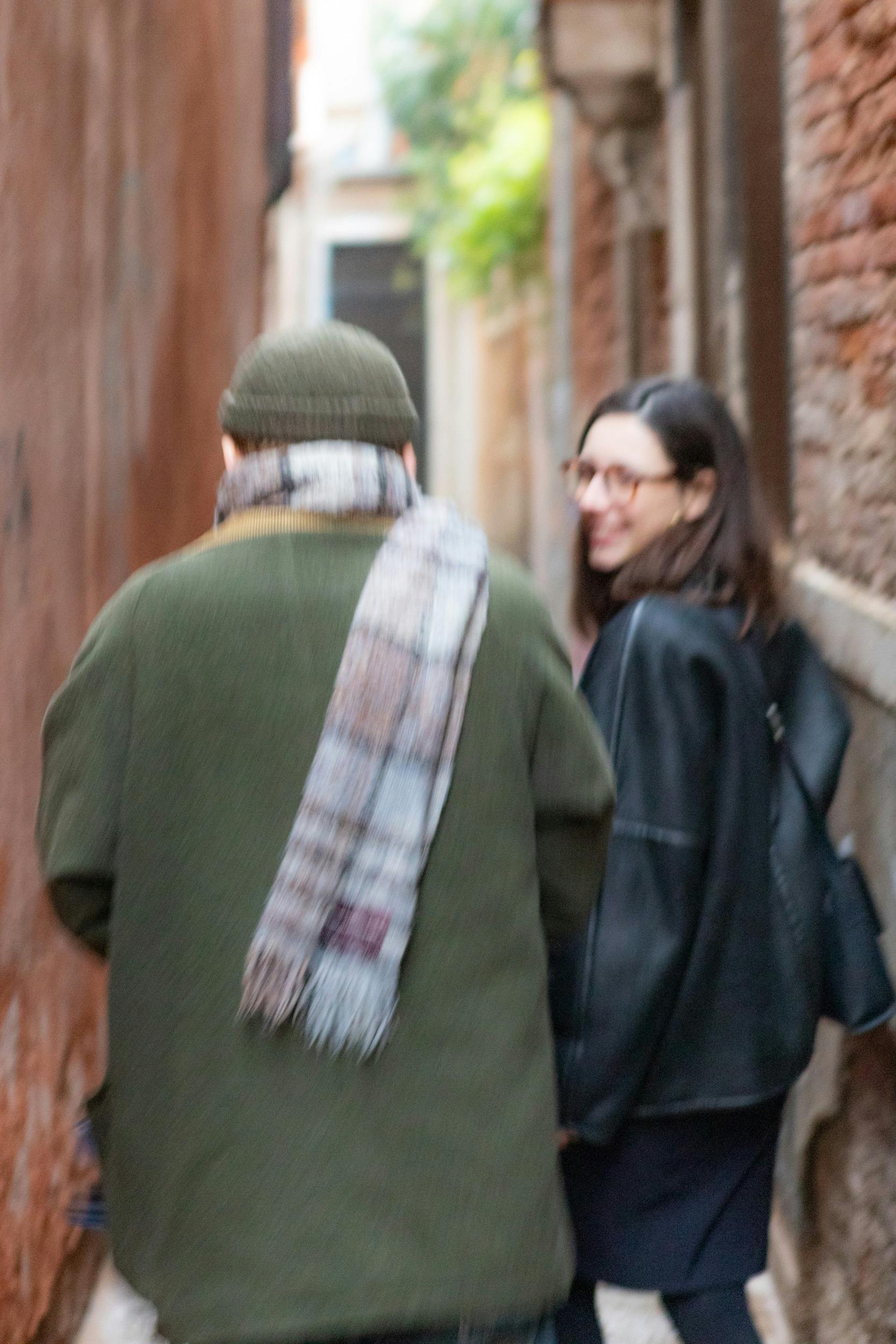
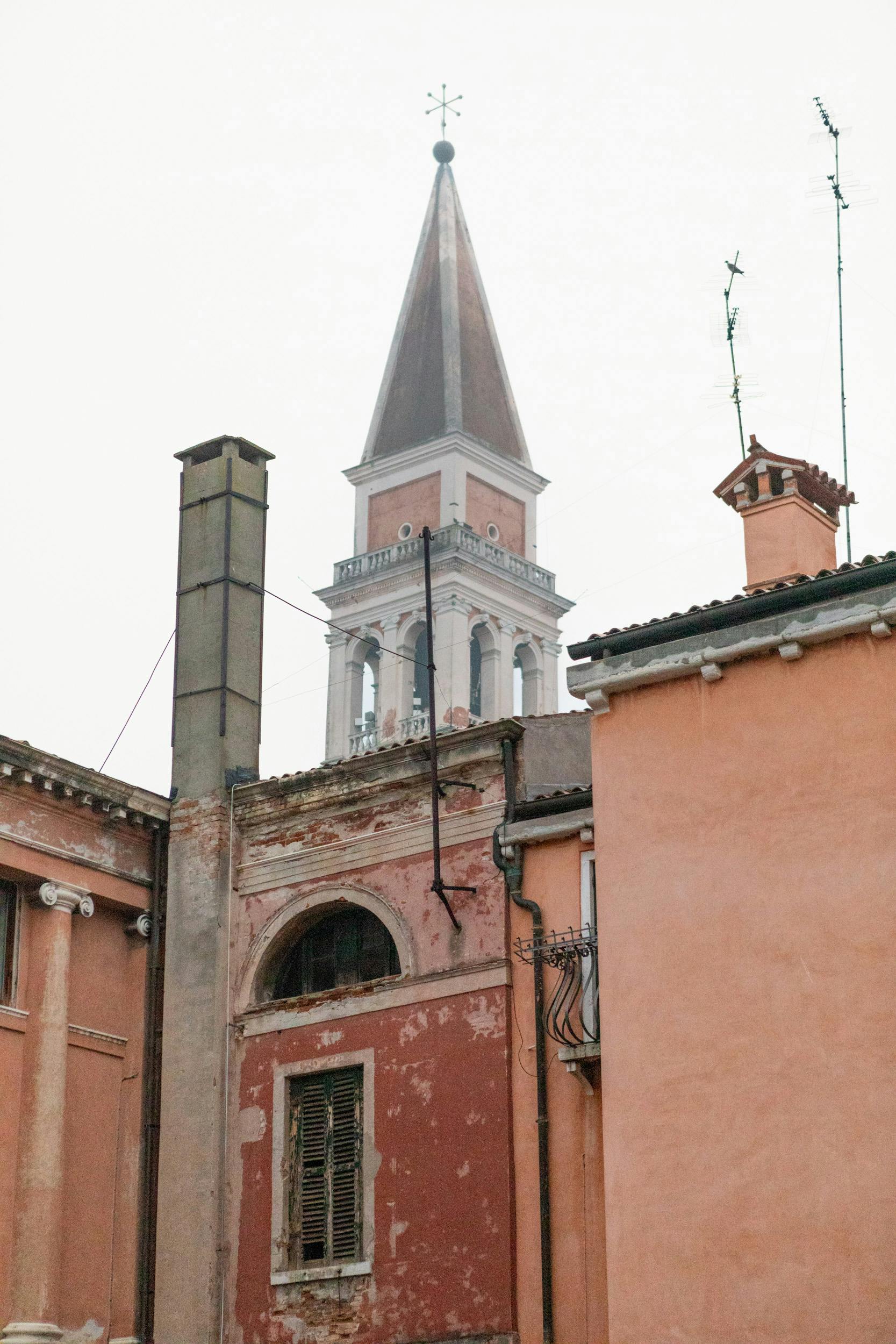
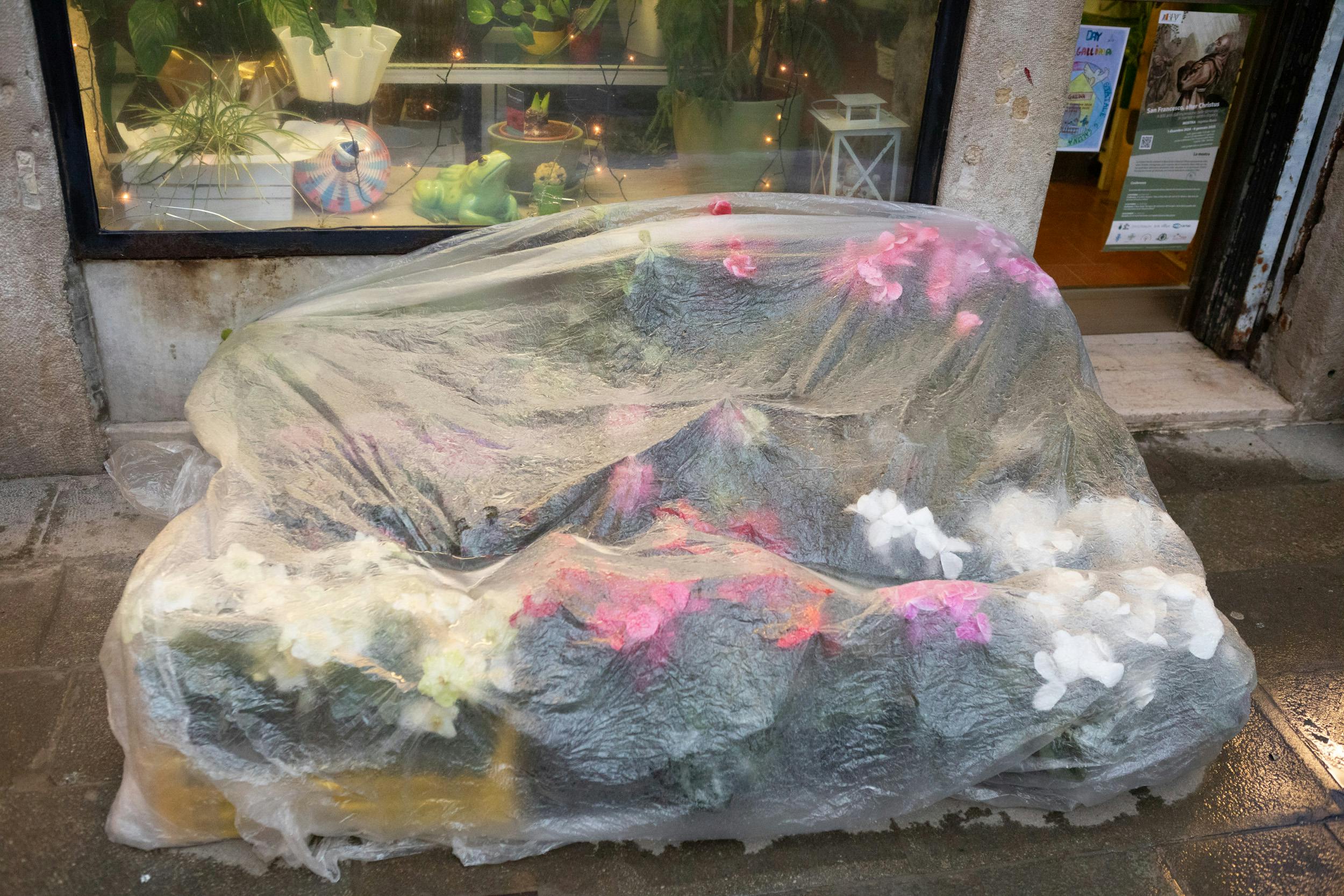
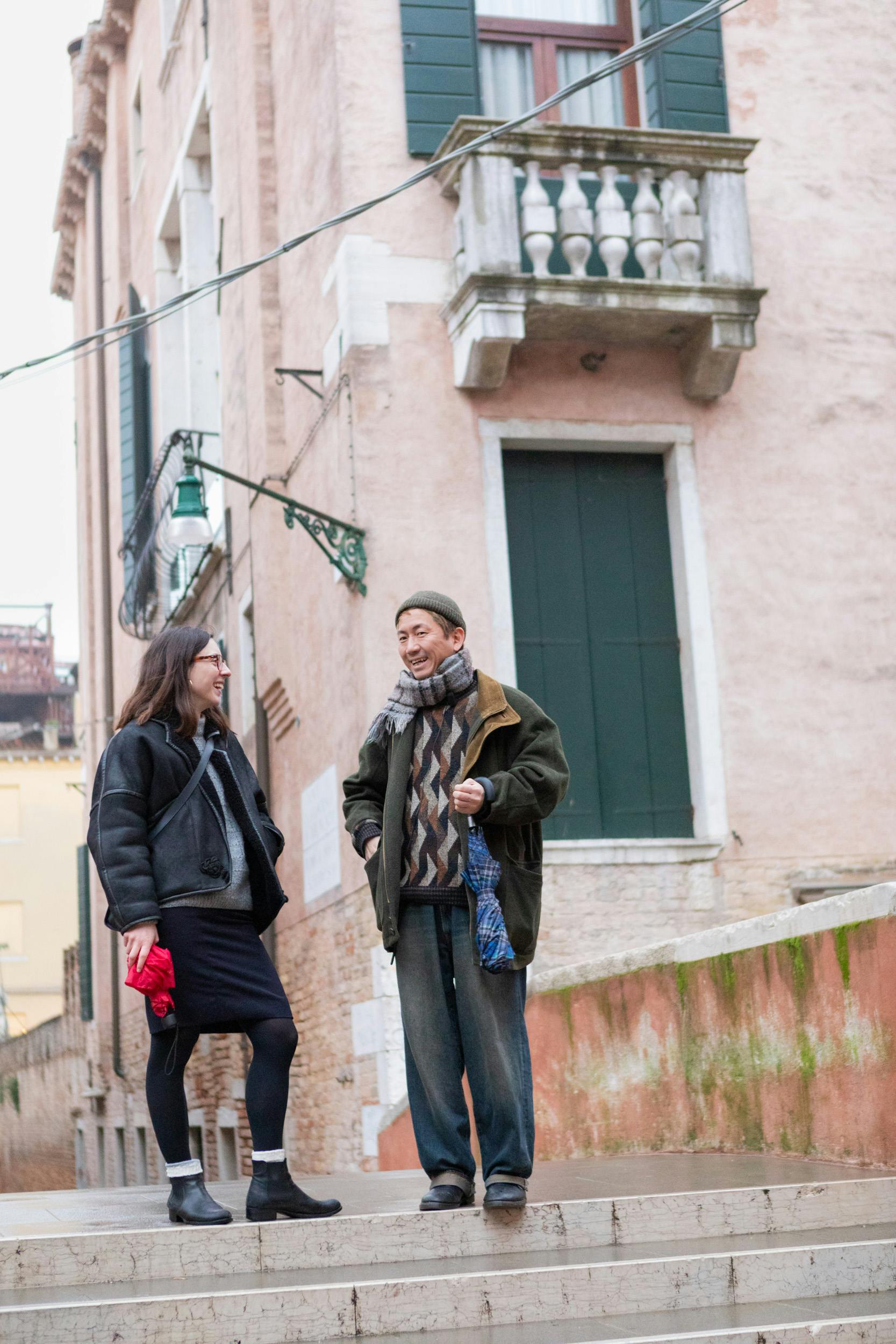
Caterina Capelli
How do you source the rest?
Masahiro Homma
Ten years ago, I used to buy fish at the Rialto market. Today, many of them bring us fish from outside Venice.
Caterina Capelli
I heard the market has changed a lot.
Masahiro Homma
It has shrunk now, but until 10 years ago it was twice as big as today, with three times as much fish. On the other hand, delivery services have improved a lot. Fish and fruits arrive directly from Sicily, without going through the market, thanks to a few distributors who supply restaurants directly. And with honest prices. I occasionally use these services in my restaurant. They text me on WhatsApp early in the morning, at around 6.30, saying: “Today, Masa, we have this fish. This is the catch of the day.” I place my orders, and they bring everything right away.
Caterina Capelli
You said you like to have fun. How do you have fun in Venice?
Masahiro Homma
To me, what counts is to drink. I love drinking, and that might be the first reason why I stayed [in Venice]. I drink a lot, especially natural wines. That’s essential: if I drink three or four bottles, I must pick wines that have as little chemical stuff as possible. Otherwise, I will get headaches or feel bloated. In my restaurant, too, I only choose natural wines, just as in my kitchen, I use only natural ingredients or stuff we make by hand. My body is perhaps a little more delicate than average, so that’s what I’m used to.
Caterina Capelli
If drinking is the first reason for staying, what’s the second?
Masahiro Homma
Actually, the second reason might also have to do with drinking. When you work in Venice, you don’t need to research too much to find quality wine products because so many distributors bring you bottles to taste directly in your restaurant. In other cities, we [owners] have to work a lot to put together a proper wine list. It’s not easy. On the contrary, when you work here… Well, some mornings, I can receive up to four bottles to try — I even get drunk sometimes. But I like that, too. Venice is a significant market [for wine producers], which consumes a lot and consumes good bottles. Not far from here, we have wines from Friuli, Veneto, and Emilia-Romagna. Is San Francesco della Vigna over there? Yes, that’s another reason why it’s interesting to live here. Sometimes, I get out of Venice to visit wineries near Padova — the area of Colli Euganei — or in the Breganze, an ancient viticultural center in the Vicenza province. There are a lot of winemakers around here. I visit them, I bring some fish, I cook for them, and then we eat and drink together with all the staff.
Caterina Capelli
So this is also a way to make friends.
Masahiro Homma
At this point, I know all the natural winemakers in the area. After all, it’s them who came to see me first. I meet someone new almost every week.
Caterina Capelli
Do you also work on projects other than your restaurant?
Masahiro Homma
Once in a while, I collaborate with other chefs on their cooking projects. Last year, I worked with Tocia — I cooked at the Cinema Galleggiante. You know that I even cooked with Murano glass once?
Caterina Capelli
What do you mean?
Masahiro Homma
You know that when you take molten glass out of the oven, its temperature reaches 500° — approximately 900 F. I cooked a dish over burning glass — but that was three years ago.
Caterina Capelli
Oh wow. Marcantonio did it too, also years ago. He prepared a salt-baked sea bass and cooked it pouring molten glass over it. Anyways. How’s your ideal restaurant?
Masahiro Homma
Let me think. As a kid, I played in a band… Then, I got passionate about gambling. I used to invite all my friends at home, and we stayed awake, playing and gambling together. I think the constant aspect was that I loved being with those I care about. Having a restaurant is just an excuse to eat and drink with my friends. That’s my ideal restaurant: Where only friends come. And they drink.
Caterina Capelli
How would you describe your cooking style?
Masahiro Homma
There are no rules in my dishes. But I must say, I think all my recipes, even the desserts, are savory.
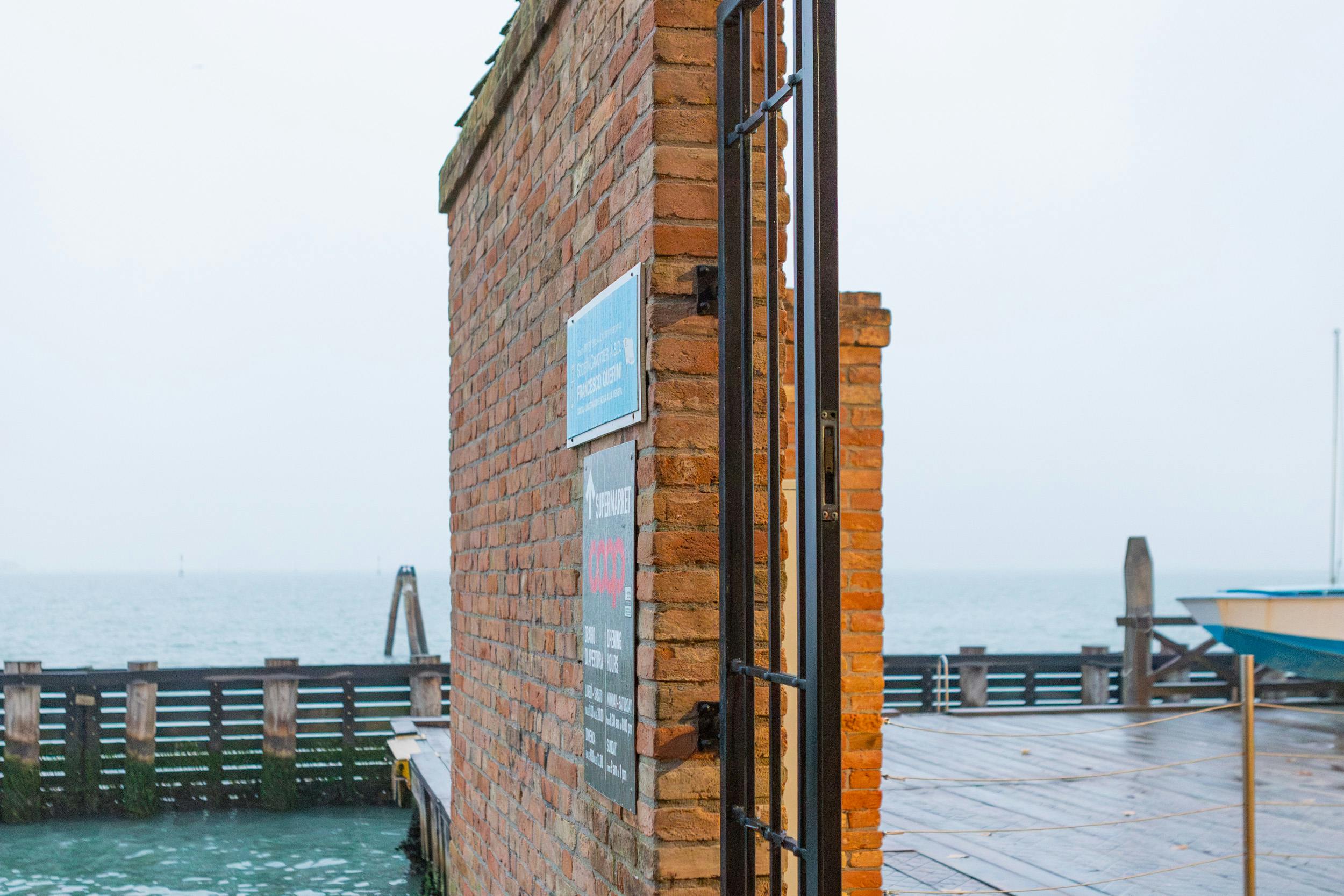

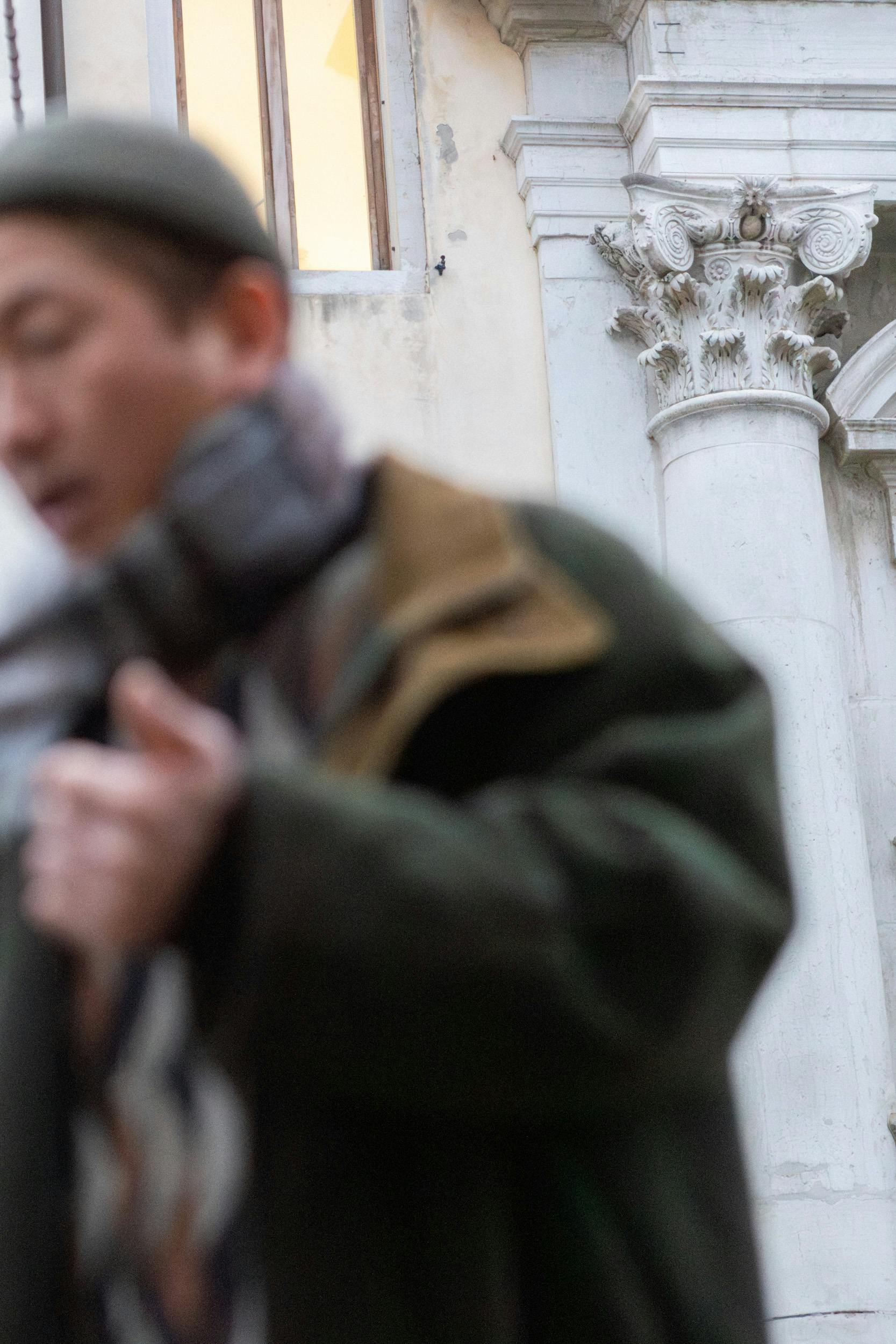
Caterina Capelli
I had your Roquefort ice cream once.
Masahiro Homma
We also have Panna cotta alla grappa on the menu — with really a lot of grappa in it. That’s my style. My dishes are savory because they are conceived to be always paired with wine. I also serve sake, which I choose from a trusted supplier. However, my idea is that they should go with wine.
Caterina Capelli
How did you first get interested in cooking?
Masahiro Homma
My mom and dad had a small bar, where they served simple dishes. It wasn’t a proper restaurant; they offered clients simple things to eat, like boiled vegetables or fried baby fish — sort of like Venetian ‘cicchetti.’ I used to look at them cooking and I ate those things, and I think perhaps my interest came from that time; even as a kid, I loved to eat and drink.
Caterina Capelli
What do Japanese — or, in particular, Osaka’s — and Venetian cuisine have in common?
Masahiro Homma
I’m from Okayama, near Hiroshima. Not Osaka.
Caterina Capelli
I’m sorry, that’s what I read everywhere.
Masahiro Homma
You know, so many journalists ask me questions on the phone, and the next day things come out different than what I said. Gambero Rosso once published an article about my restaurant without anyone from their team even eating there.
Caterina Capelli
Then what’s Okayama’s typical food?
Masahiro Homma
I immediately liked Venice because the fish here is very similar to what you can find in my hometown. They eat a lot of canocie [the dialect form for typically Venetian mantis shrimp], baby octopuses, and soles Okayama is a famous fishing center. Japanese cuisine is simple. We don’t add many flavors. A little boiled, a little seared, and that’s it, just like Italian cooking.
Caterina Capelli
Oh, come on, Italian cooking can be very heavy sometimes. I’m from Bologna. Have you ever eaten there? I wouldn’t call lasagne simple, or light.
Masahiro Homma
No! It is simple — if you compare it to other cuisines, like the Chinese, which adds many spices and flavors. I’m in love with Puglia — ah Bari! They have the best ingredients: olive oil, tomatoes, eggplants, basil… You don’t need chefs there; [raw] ingredients are enough to make the plate. Anyway… I was 26 when I left Japan and moved to Italy. But when I lived there, I had never actually visited it or traveled around. Now, I’m sort of rediscovering it. I plan to visit Pantelleria, in Sicily, to learn about capers and caper blossoms. Then I’m obviously following wine. Two weeks ago, I visited some wineries in the Jura wine region, in France, two weeks ago to research. The area is world-famous for its wines. I have to say, it’s an entirely different world [compared to Italian wines.] I really discovered a new direction.
We arrive in Fondamenta Nove, the promenade coasting along the island’s northern spine. On our right, the view opens on the lagoon toward the island of San Michele and, behind it, Murano. All is enveloped by the mist, which makes the sight of the San Michele cemetery even more creepy and beautiful.
Masahiro Homma
Did you know they make wine here in the cemetery? Good, too.
Caterina Capelli
Yes, the wine of the dead.
We laugh.
Masahiro Homma
The organization is called Laguna nel Bicchiere. It’s a community of local residents who came together to recover abandoned vineyards in the lagoon.
Caterina Capelli
I know, it’s a great project. I’d like to write about it at one point. It’s beautiful here, even though it’s a bit sinister.
Masahiro Homma
Sometimes I come here to jog.
Caterina Capelli
People run here or on the Zattere.
Masahiro Homma
Ah, Zattere is beautiful. There are many cool cocktail bars there, connected to different hotels. Hotel Experimental, for instance, has such a cool bar. Venice is small. I frequently go to my clients’ places and vice-versa. I go for the cocktails, they come for the food.
Caterina Capelli
It sounds fun… If all of them are nice.
Masahiro Homma
But they aren’t all nice, uh. Venetians…
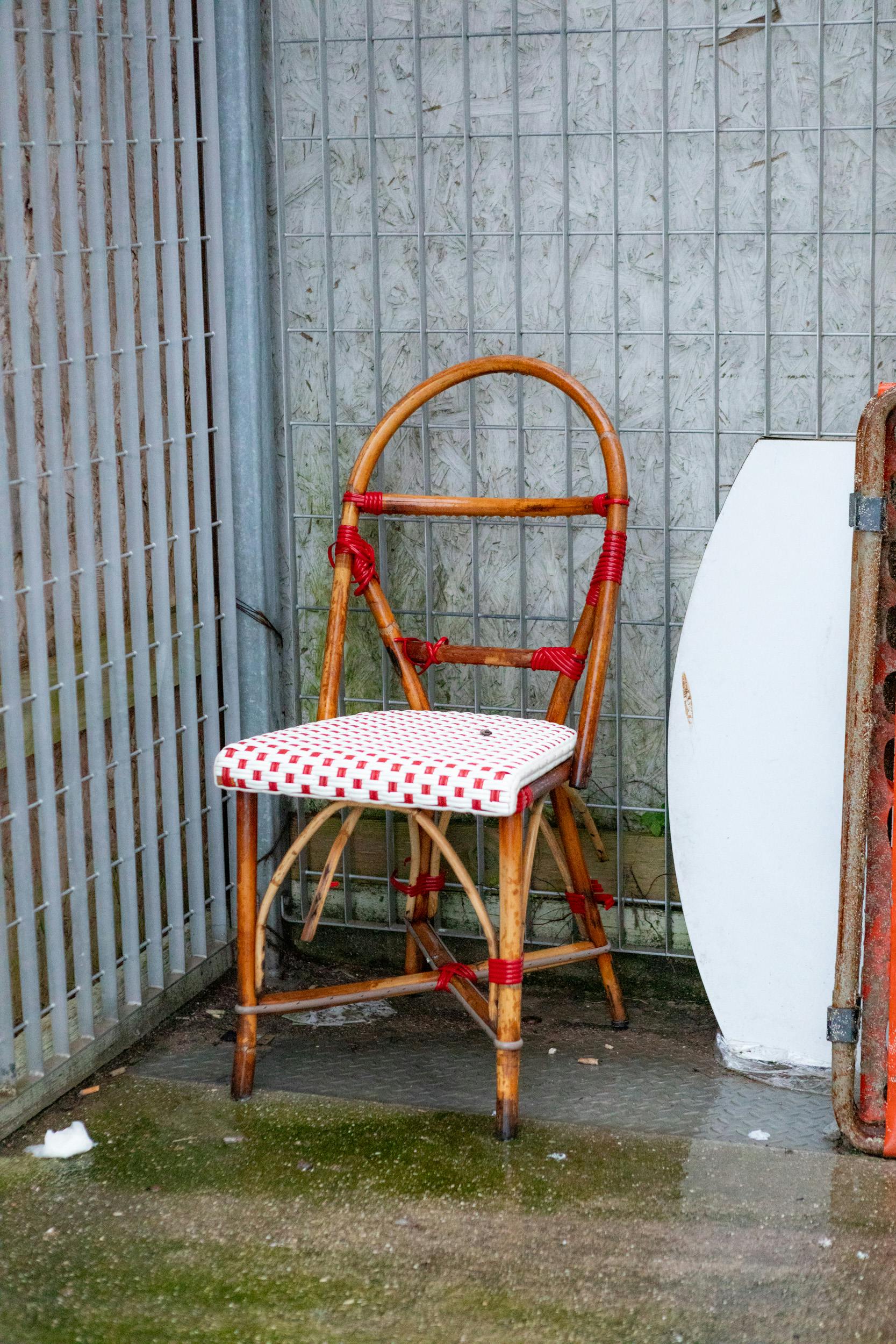
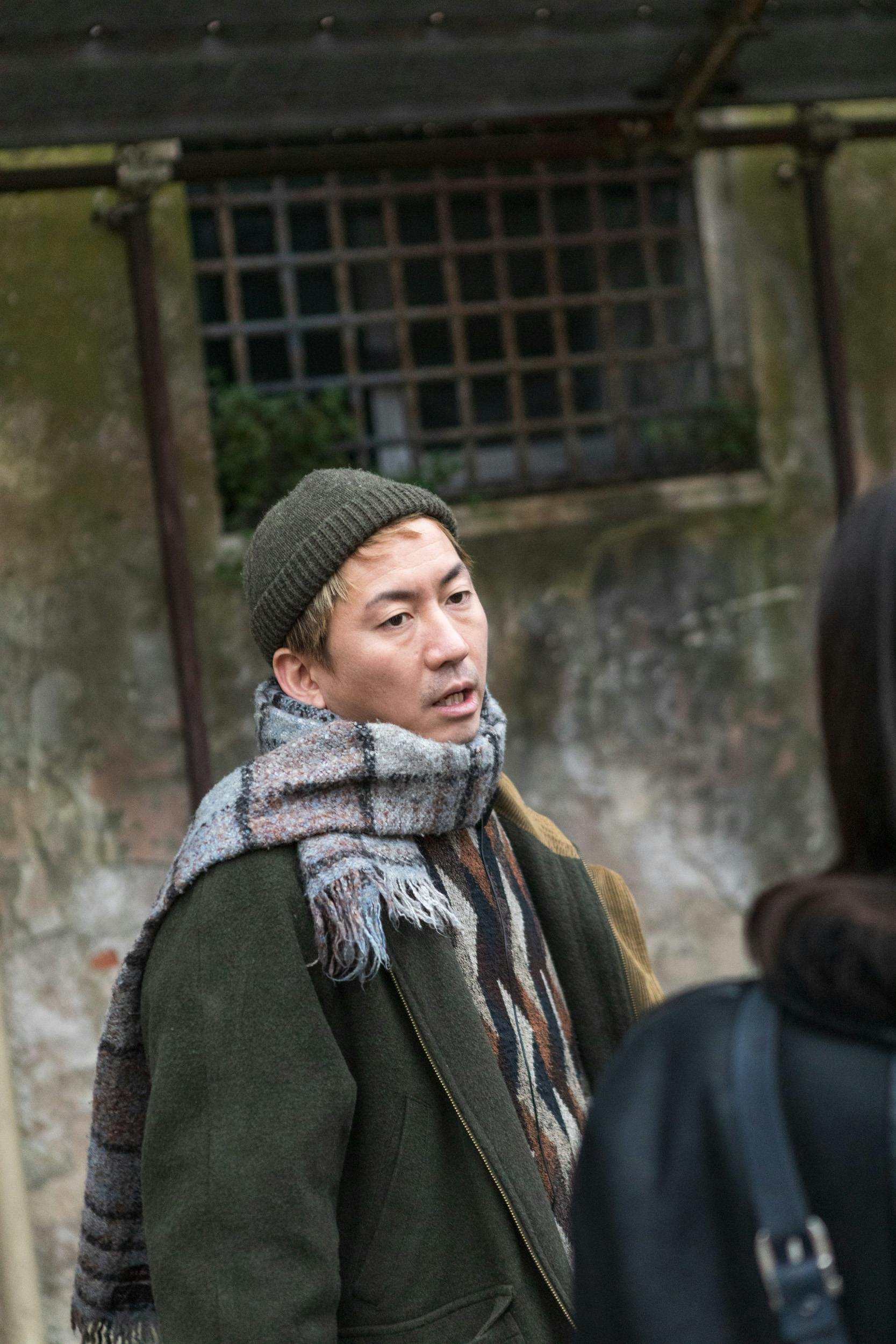
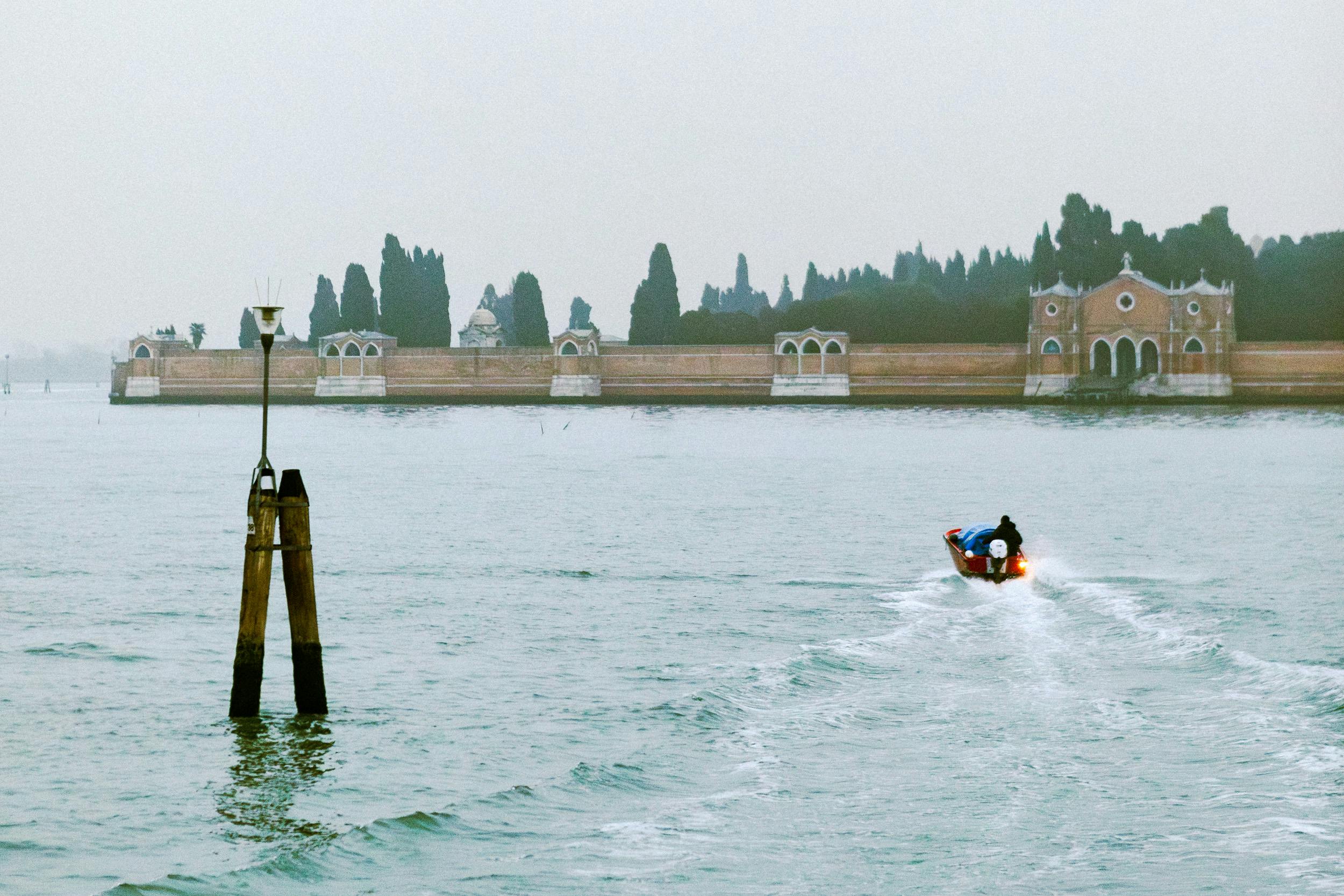
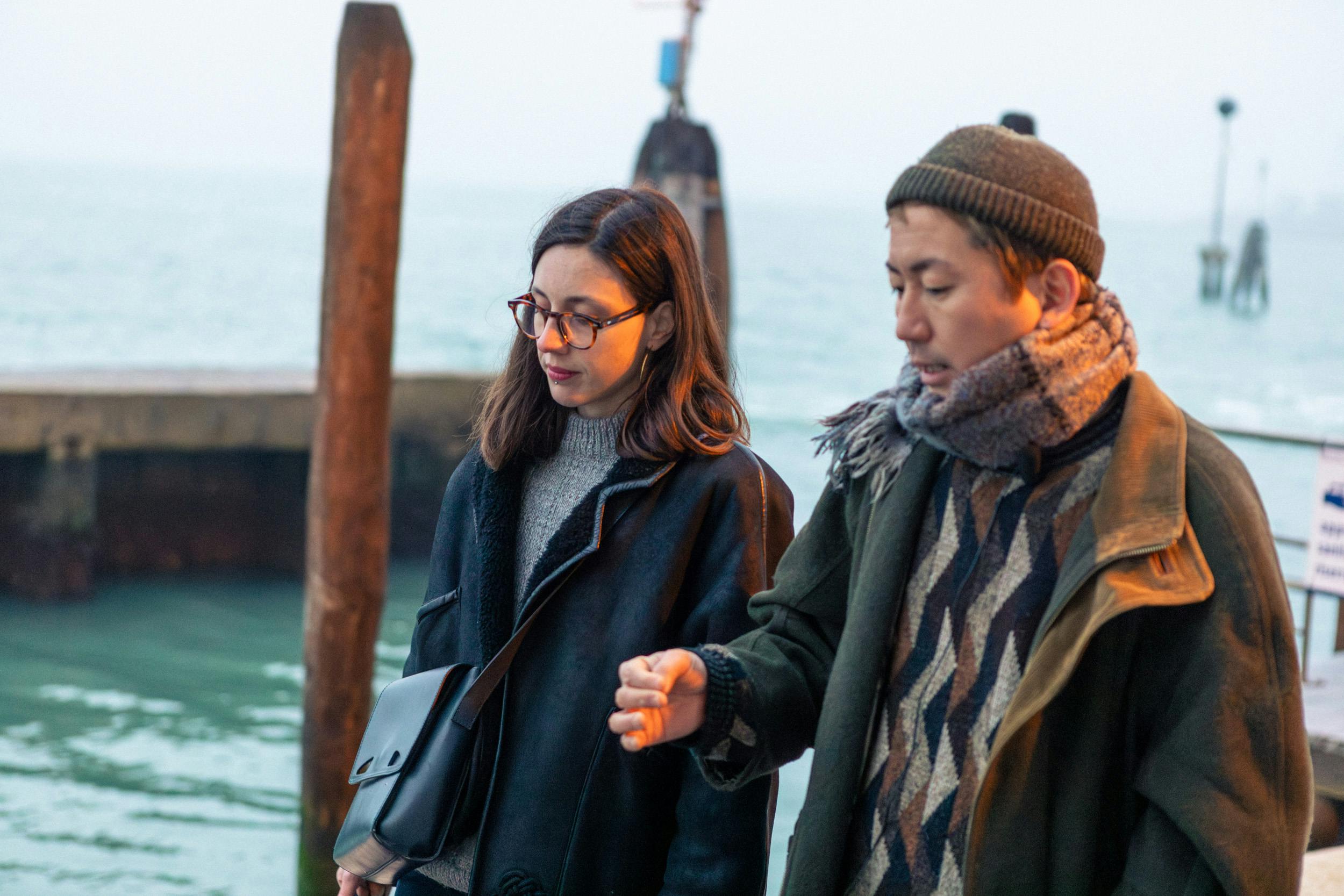
Caterina Capelli
It’s a common belief that Venetians are obnoxious, but I don’t think so.
Masahiro Homma
This is an island. When you drink a lot, you may end up fighting. But then you always bump into each other in the streets and end up making up. This city is magic. Many hate each other but then drink together and end up being friends. Not bad, uh, Venice under this caigo [the Venetian for fog, ed.]
We’ve been walking for over an hour now, so when we pass by the bar of one of Masa’s friends, we decide to stop and treat ourselves with the promised aperitivo.
Masahiro Homma
Should we order a bottle? Bollicine rosé?
Caterina Capelli
Sounds perfect.
He has chosen a sparkling pink wine made using the Méthode Ancéstrale. Bob Marley’s Red Red Wine plays in the background as we sip.
Masahiro Homma
This is a Raboso. Its red grapes are vinified as white and naturally fermented in the bottle. As you can see, it leaves some sediments.
Caterina Capelli
You know a lot about wine.
Masahiro Homma
Of course. It’s me who chooses wine in my restaurant.
Caterina Capelli
Have you studied as a sommelier?
Masahiro Homma
I drink more than a sommelier.